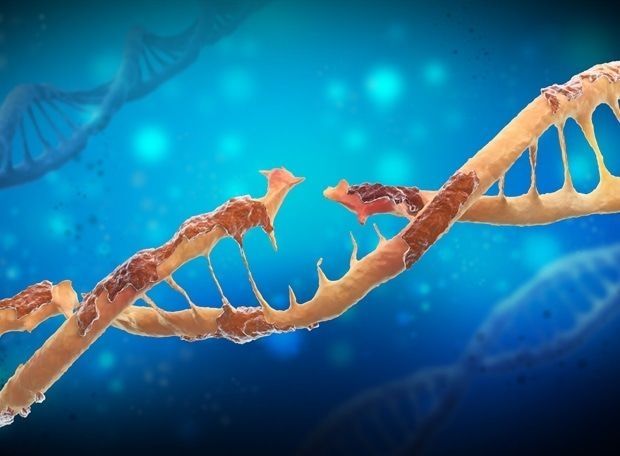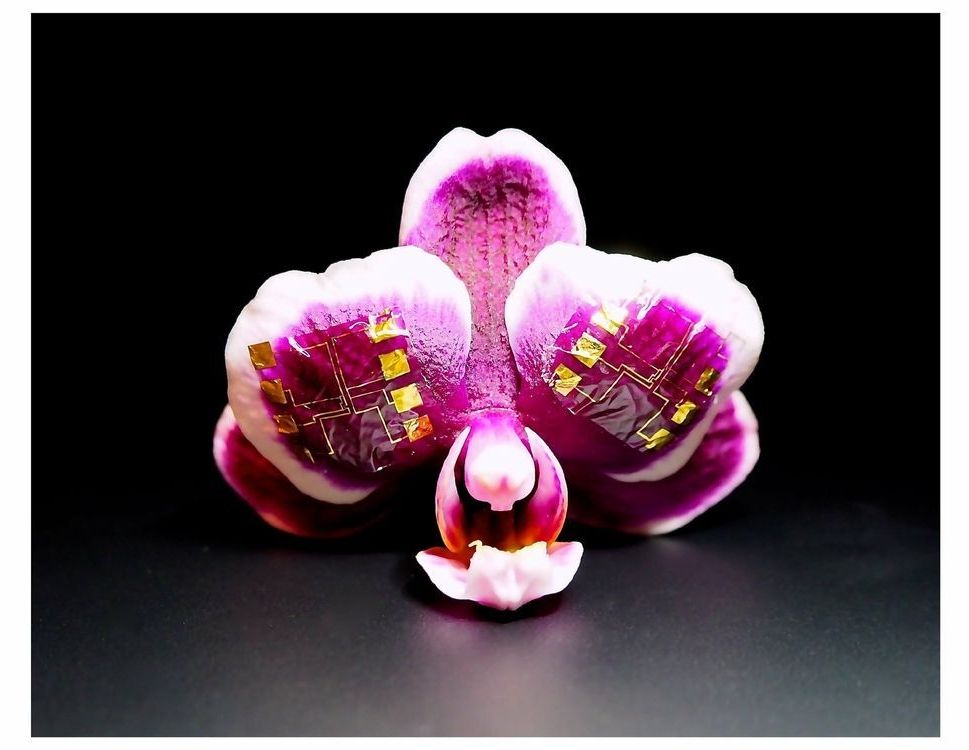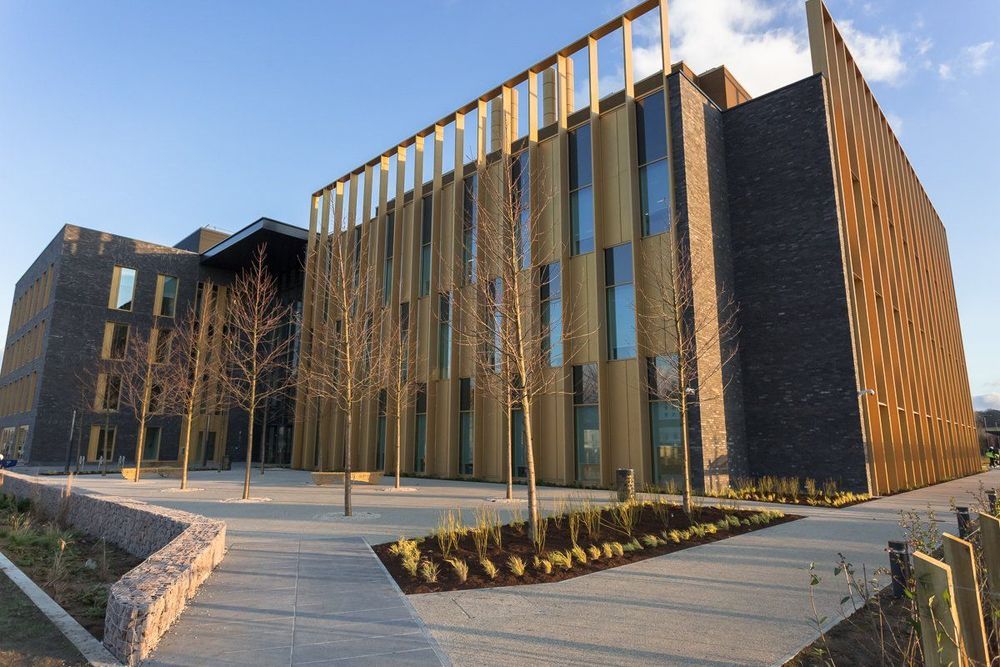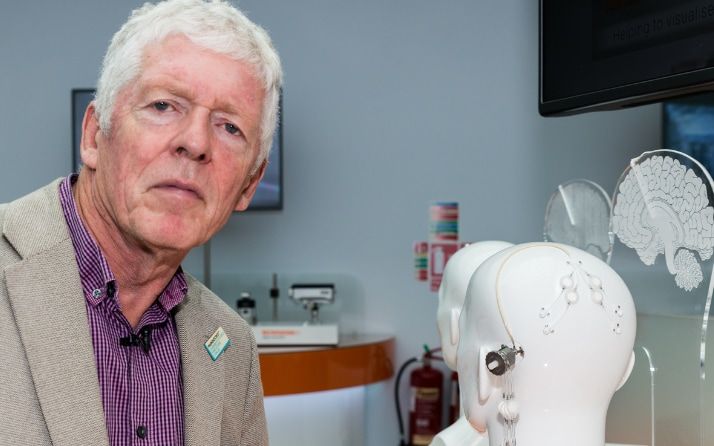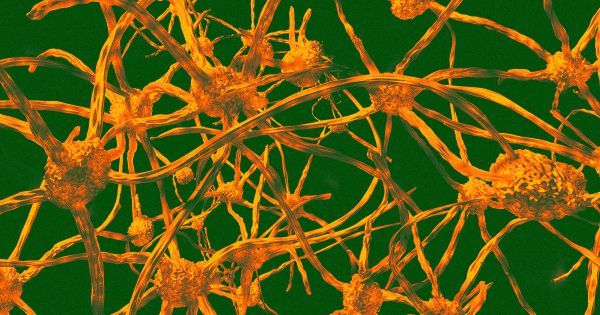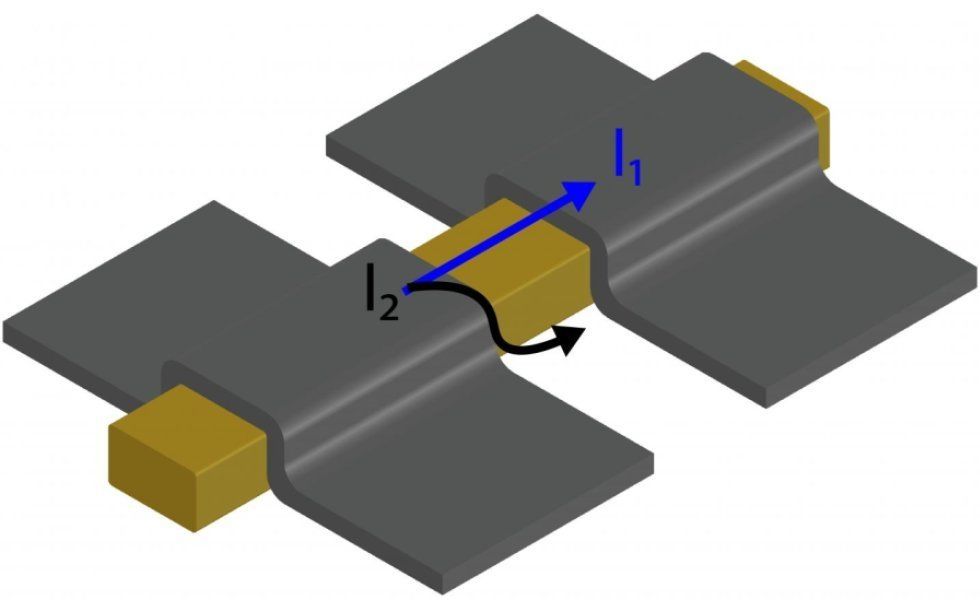What is less known is that a more problematic source of DNA damage is normal cellular processes such as DNA replication. These cannot be avoided because they are inevitably in action every time cells divide. The scale of this problem is best illustrated by realizing that our bodies are made up by successive divisions of trillions of cells, all originating from a single fertilized egg. Every day, a quarter of a trillion cells in the adult human body continue to divide to replenish old or damaged tissue. Amongst the multitude of DNA damage incurred during each such cell division process, the most dangerous are those that can be passed on from mother cells to newly born daughter cells. This inherited DNA damage is the true ‘enemy within’ that cannot be simply avoided by changing one’s lifestyle.
Researchers from the University of Copenhagen have identified a specific mechanism that protects our cells from natural DNA errors — an ‘enemy within’ — which could permanently damage our genetic code and lead to diseases such as cancer. The study has just been published in one of the most influential scientific journals, Nature Cell Biology.
Researchers from the University of Copenhagen have discovered a mechanism that gives human cells a chance to stop piling up mutations cells replicate and divide in the body. The discovery could prove to be very useful in the development of new treatments against diseases caused by changes in human DNA such as cancer.
To limit harmful changes in the genetic code that may lead to potential diseases, the cells in our body rely on a natural defense mechanism. The new study shows how specialized proteins engulf and protect the damaged DNA and ‘escort’ it until the damage can be repaired. The researchers discovered that this process relies on precise timing and meticulous control inside the cells.
